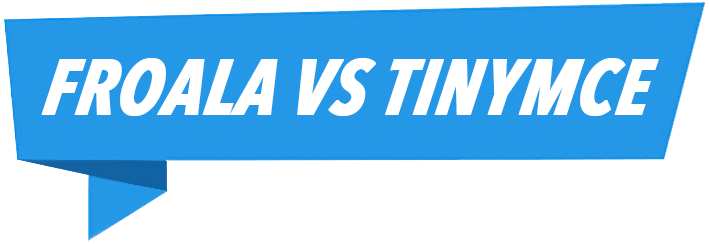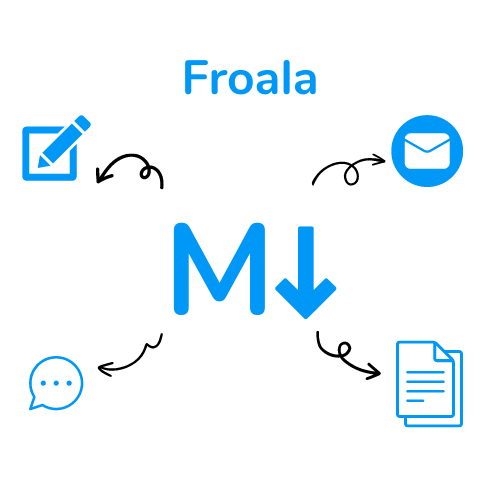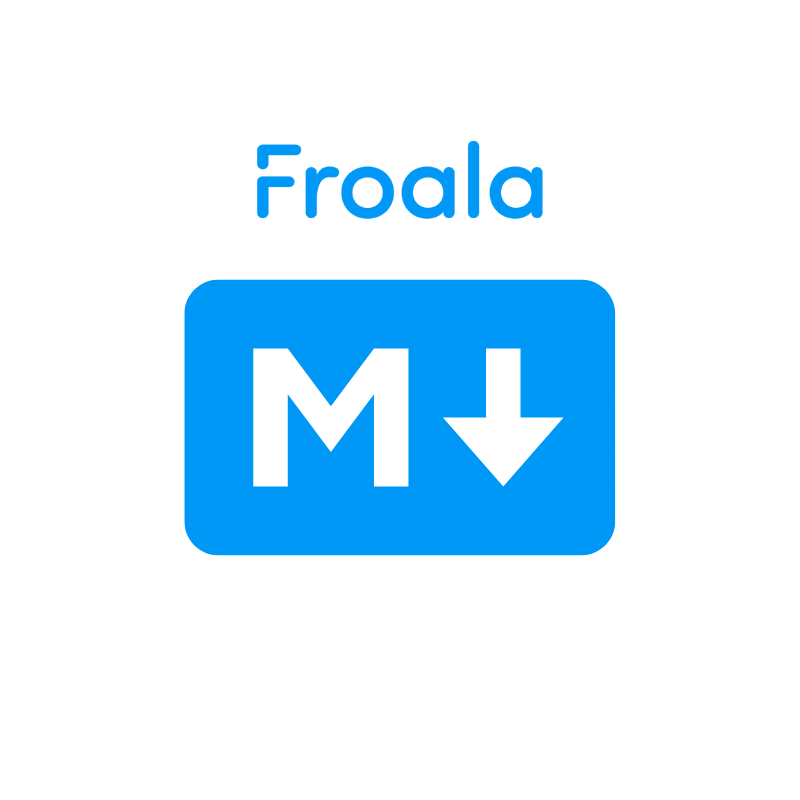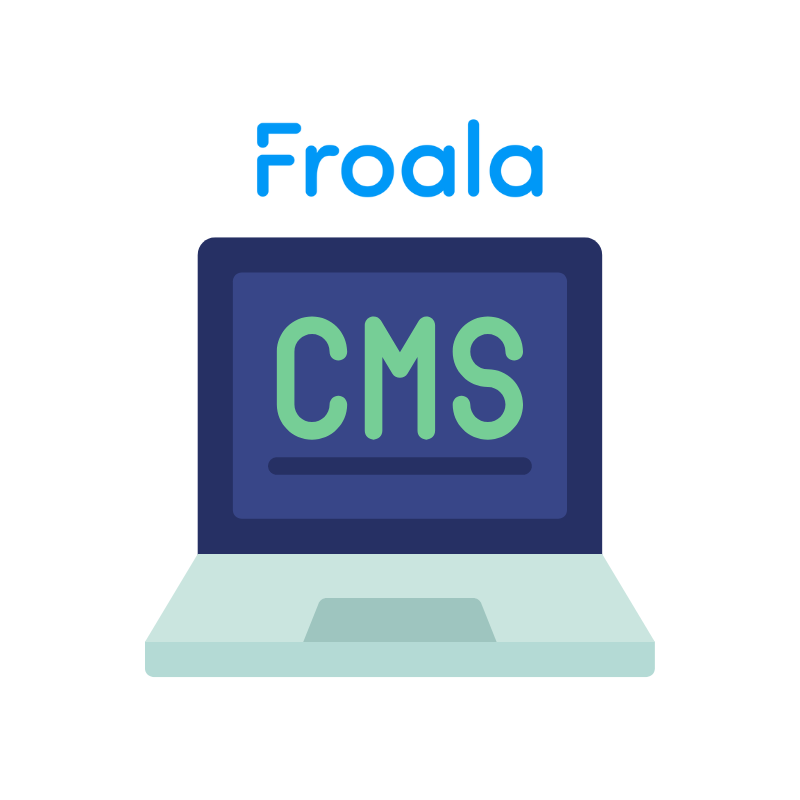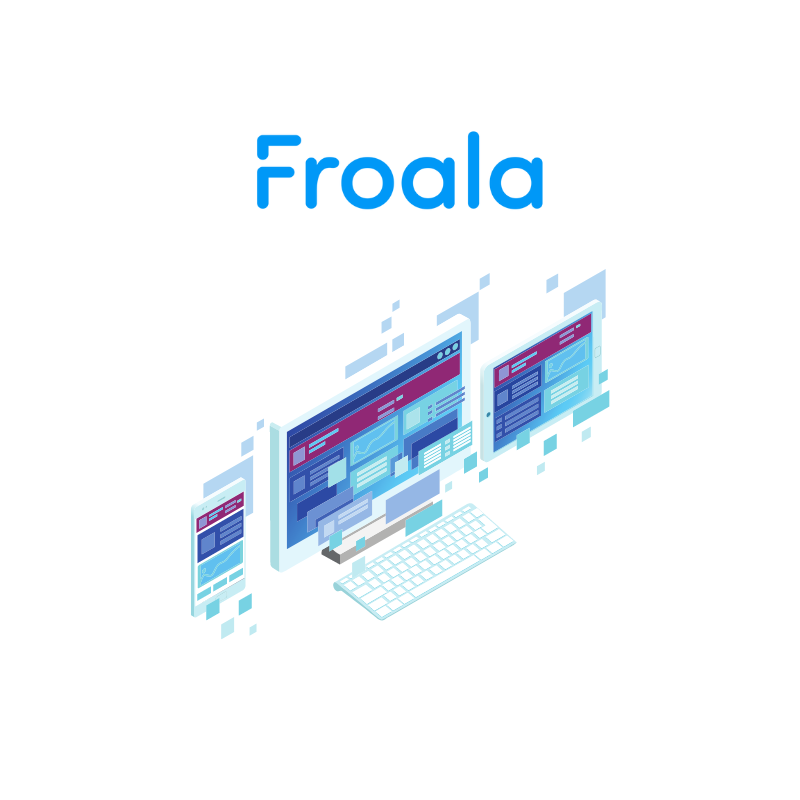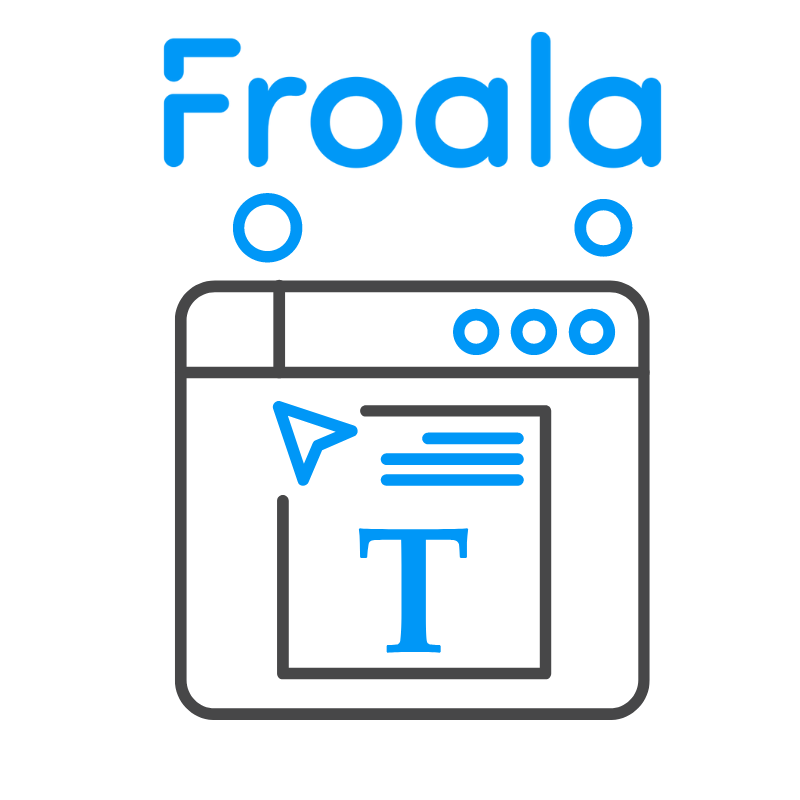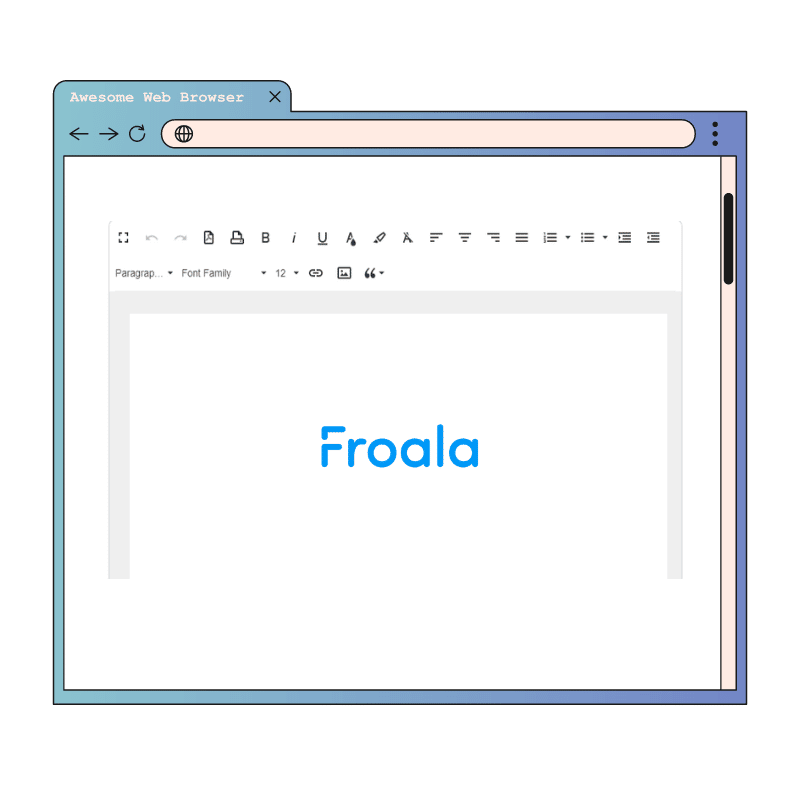5 Simple and Inspiring Use Cases for a React Markdown Editor
If you’re an avid internet surfer who uses different applications and websites daily, then you’ve probably encountered Markdown before. Are you formatting or styling your messages using special characters like

